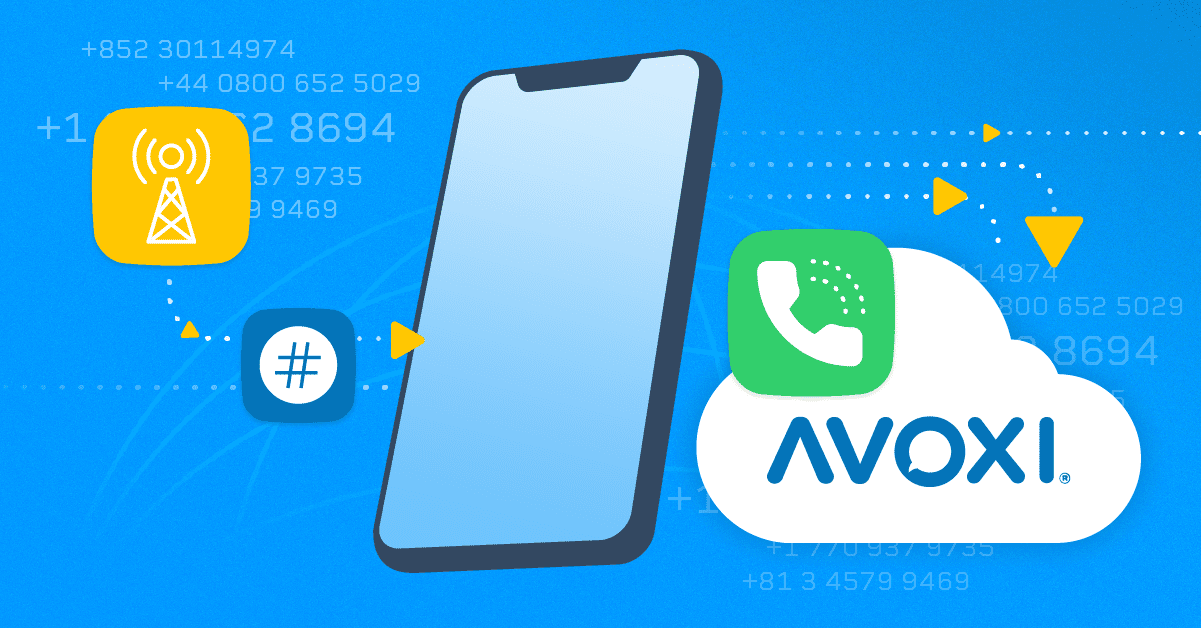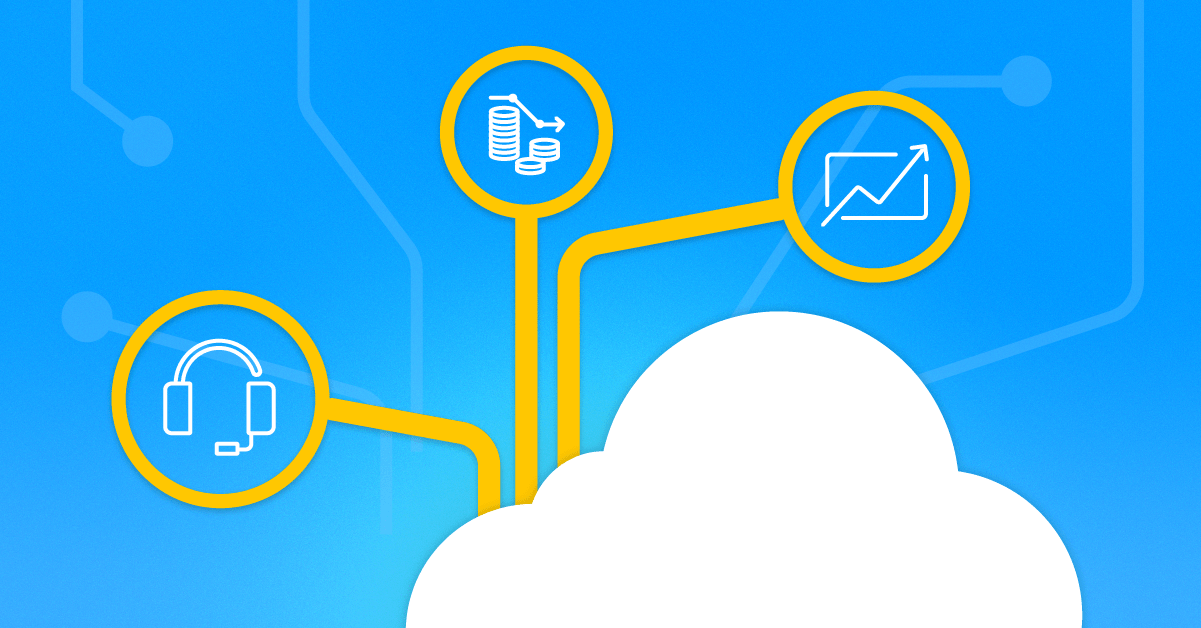Average Speed to Answer
Average Speed to Answer
What is Average Speed to Answer?
Average Speed to Answer (ASA) is a key performance metric in call centers that measures the average time it takes for calls to be answered by an agent after a customer initiates contact. This metric is crucial for understanding customer experience and operational efficiency. It is typically expressed in seconds and can be tracked over various time periods (e.g., daily, weekly or monthly.)
Importance of Average Speed to Answer
Customer Satisfaction
Waiting for assistance can lead to frustration. A low ASA often correlates with higher customer satisfaction scores, as customers feel their time is valued. Conversely, a high ASA can lead to negative perceptions of the brand.
Operational Efficiency
A consistently low ASA indicates that a call center is adequately staffed and efficiently managed. High ASA may suggest the need for additional resources, process improvements or better call routing.
Resource Management
Monitoring ASA helps in optimizing workforce management. By understanding peak call times and response times, call centers can adjust staffing levels accordingly, ensuring that there are enough agents available to handle incoming calls without excessive wait times.
Performance Benchmarking
ASA allows call centers to benchmark their performance against industry standards or competitors. This can help identify areas for improvement and set realistic performance goals.
Impact on Key Performance Indicators (KPIs)
ASA is often linked to other critical KPIs, such as First Call Resolution (FCR) and Net Promoter Score (NPS.) A low ASA can contribute positively to these metrics, as quick responses can lead to faster issue resolution and improved customer loyalty.
Average Speed to Answer Formula
Calculating ASA is straightforward and follows a simple formula:
ASA=Total Wait TimeNumber of Calls Answered\text{ASA} = \frac{\text{Total Wait Time}}{\text{Number of Calls Answered}}ASA=Number of Calls AnsweredTotal Wait Time
Total Wait Time
This is the cumulative time that all incoming calls spend waiting before being answered.
Number of Calls Answered
This refers to the total number of calls that were answered during the same period.
Average Speed to Answer Metrics
Service Level
This measures the percentage of calls answered within a predefined threshold (e.g., 80% of calls answered within 20 seconds.) It helps assess how well the call center meets its response time goals.
Abandon Rate
This metric indicates the percentage of callers who hang up before their call is answered. A high abandon rate often correlates with a high ASA, suggesting that customers are losing patience and leaving before speaking to an agent.
Call Volume
Tracking call volume in conjunction with ASA helps identify trends and patterns, allowing managers to make informed decisions about staffing and resource allocation.
Agent Performance
Individual agent performance can also be assessed in terms of ASA. Analyzing ASA at the agent level can highlight areas for training and development.
Best Practices for Optimizing Average Speed to Answer
Utilize forecasting and scheduling tools to ensure that the right number of agents are available during peak call times. Regularly review staffing patterns to align with call volume trends.
Implement intelligent call routing solutions that direct incoming calls to the most appropriate agent based on skill set, availability or customer history.
Regular training sessions for agents can enhance their efficiency and problem-solving skills, enabling them to handle calls more quickly and effectively.
Use call center analytics to continuously monitor ASA alongside other key metrics.
Establish clear and achievable ASA goals based on historical data and industry benchmarks. Setting realistic targets can motivate staff and create a focus on continuous improvement.
Implement automated messages or interactive voice response (IVR) systems to keep customers informed about wait times. This can help manage expectations and reduce frustration.
Encourage customer feedback to understand their experiences related to wait times. This information can be invaluable in making necessary adjustments to improve ASA.
Conclusion
In conclusion, average speed to answer is a vital metric in the realm of call centers, serving as a barometer for customer satisfaction and operational efficiency. By understanding the definition, importance and related metrics of ASA, call centers can implement strategies to enhance their responsiveness, ultimately leading to improved customer experiences. Contact AVOXI today and find out how to optimize your ASA and ensure you meet both customer expectations and business objectives effectively.
Additional Resources

PSTN Replacement
Guide to Voice Termination Services

Retain Phone Number
International
Number Porting

Virtual Phone Line
Benefits of
SIP Trunking
Interested in Learning More?
AVOXI is the cloud communication platform of choice for enterprises and companies with international markets. The road to modernized communications has never been easier, learn what AVOXI can do for you today.